I’m back again with another post for the A-Z STEM for Kids series hosted by Little Bins for Little Hands. Each day, bloggers will take on Science, Technology, Engineering, and Math concepts starting with A all the way to Z. I, of course, am turning STEM to STEAM by adding Art into my posts.
I already wrote about Coding for Kids, and today I am tackling “O for Origami.”
When I was brainstorming ideas for the series, I had just recently watched a really cool documentary on PBS called Between the Folds about Origami.
I found this documentary to be incredibly mesmerizing. You would just not believe what these artists can produce with a single (huge) piece of paper. Not only was the artwork made by these origami masters totally, unfathomably cool, but it was also really amazing to see all the connections Origami has to the STEM fields of science, math, engineering, and technology.
Definition and History of Origami
Origami is the art of paper folding which originated in Japan as early as the late 17th century. Classic origami usually consists of one sheet of paper (with no cuts) that is folded using a series of standard origami folds to create intricate designs. Origami is now practiced around the world and has exploded to new heights in the 21st century (see the TED Talk video below).
My favorite Origami tradition is the legend of the thousand paper cranes. It is said that if anyone who folds one thousand paper cranes will be granted a wish or good luck. One of our local art museums here in Dallas, the Crow Collection of Asian Art, has (or had, it’s been a while since I visited) a hallway with a thousand paper cranes folded by school students, and it is so joyful and colorful.
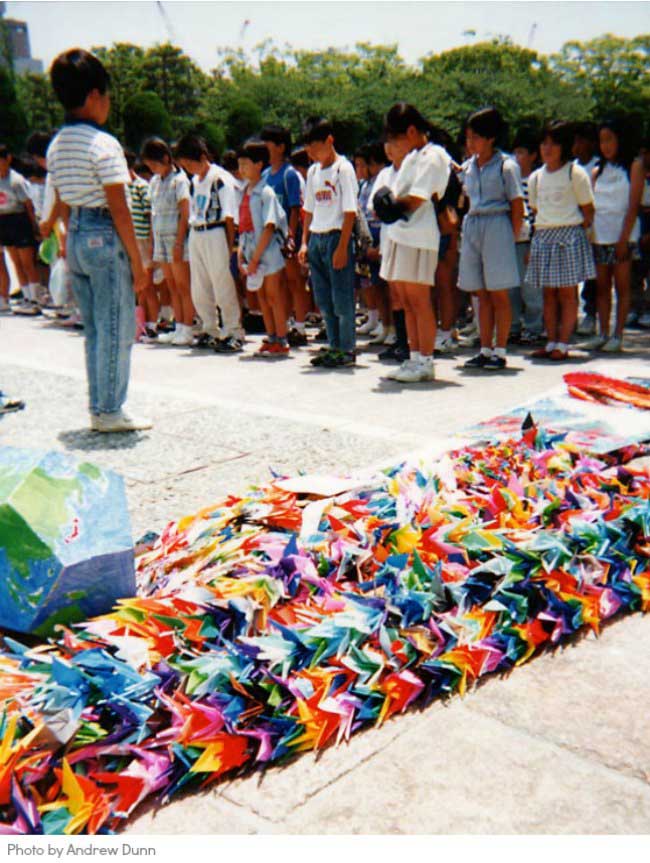 The legend has added significance with the story of a young girl, Sadako, who was 3 years old when the atomic bomb dropped just a mile from her house in Hiroshima, Japan. After being diagnosed with leukemia at age 12, Sadako began folding paper cranes in order to ensure her defeat of cancer. She only was able to fold 644 cranes before she died. You can read about her story in the classic children’s book, Sadako and the Thousand Paper Cranes.
The legend has added significance with the story of a young girl, Sadako, who was 3 years old when the atomic bomb dropped just a mile from her house in Hiroshima, Japan. After being diagnosed with leukemia at age 12, Sadako began folding paper cranes in order to ensure her defeat of cancer. She only was able to fold 644 cranes before she died. You can read about her story in the classic children’s book, Sadako and the Thousand Paper Cranes.
STEM Applications of Origami
Origami artists have been called to work in many fields to share their expertise. Often, the origami comes in to play when engineers need to have something into a compact shape to get it into something or somewhere, so they can expand it at its destination. Here are just a couple I have found. The links take you to the article where I found the information if you want to read more.
- Automobile Applications: Folding airbags into the steering wheels of cars, designing bumpers that crumple safely when hit, making train tunnels more secure
- Surgical applications: heart stents, retinal implants
- Space Application: Folding mirrors and solar panels, folding the lens of a telescope
- Robotics: a robot that starts flat and can build itself
- DIY Microscope
- and more!
The Math and Magic of Origami, Robert Lang
Also, check out this awesome TED Talk that talks about the progression of origami and how they applied mathematical principles to origami to make it the incredible art form it is today. It may be the nerd in me, but I can’t get enough of this.
Benefits of Origami for Kids
I had an origami station set up in my elementary classroom available for students to work on if they finished their work. The kids LOVED this. It was probably the most utilized activity in my “Creativity Corner.” I filled it with origami paper and laminated instructions for origami animals and paper airplanes (now you see why they loved it so much).
 Seeing them work out how to create the origami sculptures on their own really showed me how beneficial origami is to student’s brains.
Seeing them work out how to create the origami sculptures on their own really showed me how beneficial origami is to student’s brains.
In addition to the sheer fun of the activity, origami helps students with:
- fine motor skills, eye-hand coordination
- following directions
- focus
- math skills (fractions, symmetry, geometry)
- spatial reasoning
- problem-solving skills
I also saw great examples of students working together to figure out how to make the paper sculptures. It was so fun to see. Sure some students got frustrated and needed some help, but a challenge is a good thing.
I tried to find some research on Origami for Kids, and I came across this article. It has some links to research and talks about this stuff in a lot more detail.
Origami Instructions for Kids
I was going to link to a bunch of posts from around the web with great origami activities, but I found one that trumps them all! You must check out Origami Club! It has tons of templates (hundreds at least) with printable step-by-step instructions plus animations that show you how to do it. It even has a rating system from 1 star for easy to 5 stars for very difficult. What a great resource for your classroom!
Origami Resources
Please note, this post includes Amazon affiliate links. As an Amazon Associate I earn from qualifying purchases.
Sadako and the Thousand Paper Cranes
- Between the Folds
- Easy Origami: Over 30 simple projects – only $2.45!
- Origami Fun Kit for Beginners – $1.99
- Fun with Origami: 17 Easy-to-Do Projects and 24 Sheets of Origami Paper
- Japanese Origami Washi Folding Paper – 100 – Beautiful patterns!
- Origami Paper – 500 Sheets/6 Inch Square/20 Vivid Colors/Design Ebook
Try out an origami design and let me know how it goes in the comments. Be sure to visit this landing page for an introduction to the A-Z STEM for Kids series as well as links to all the other amazing posts for the month!

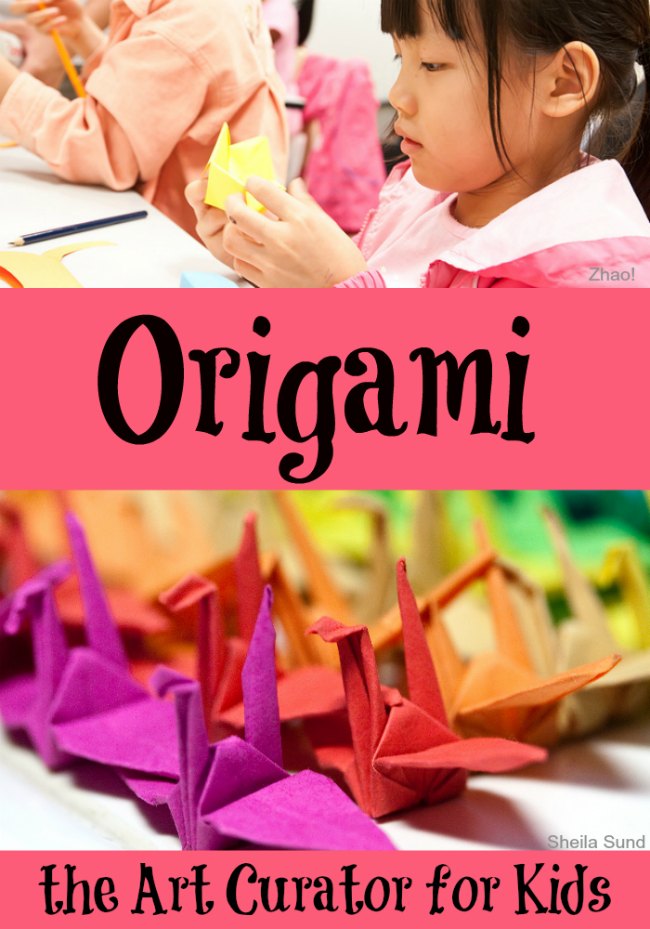
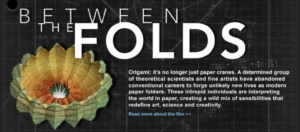



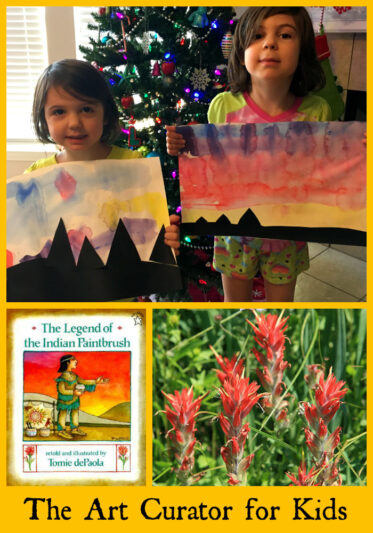
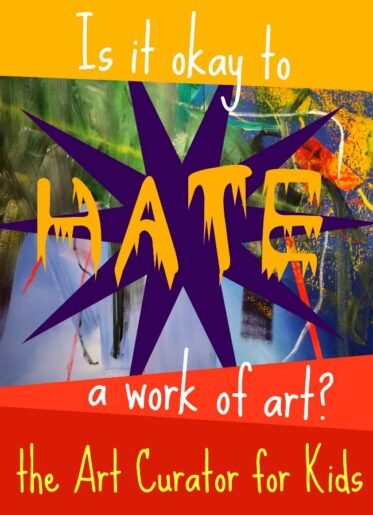


Leave a Comment